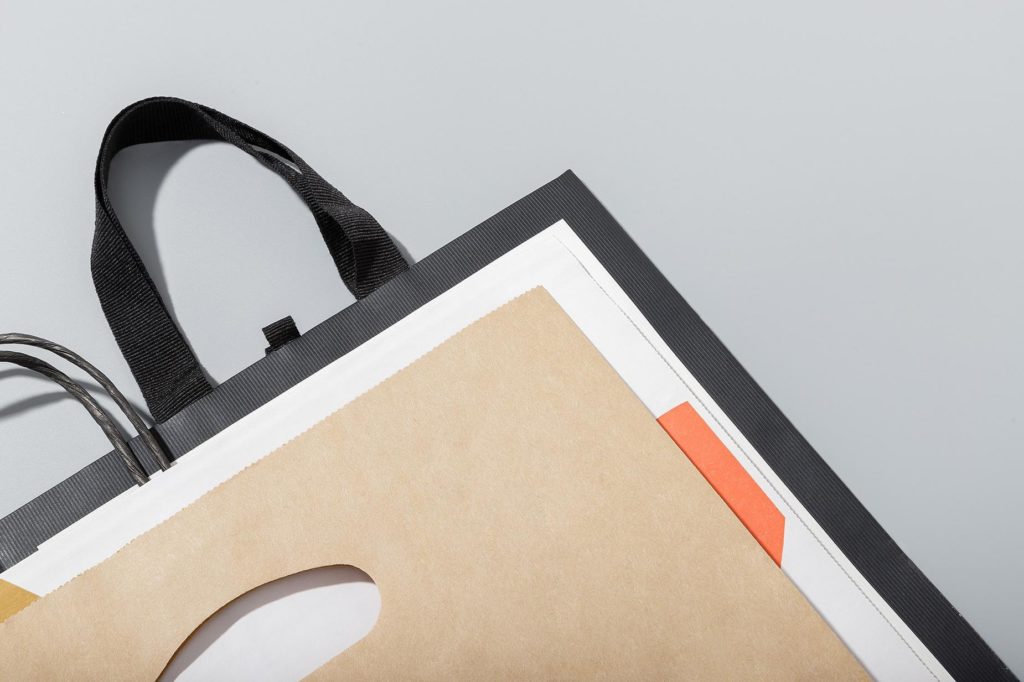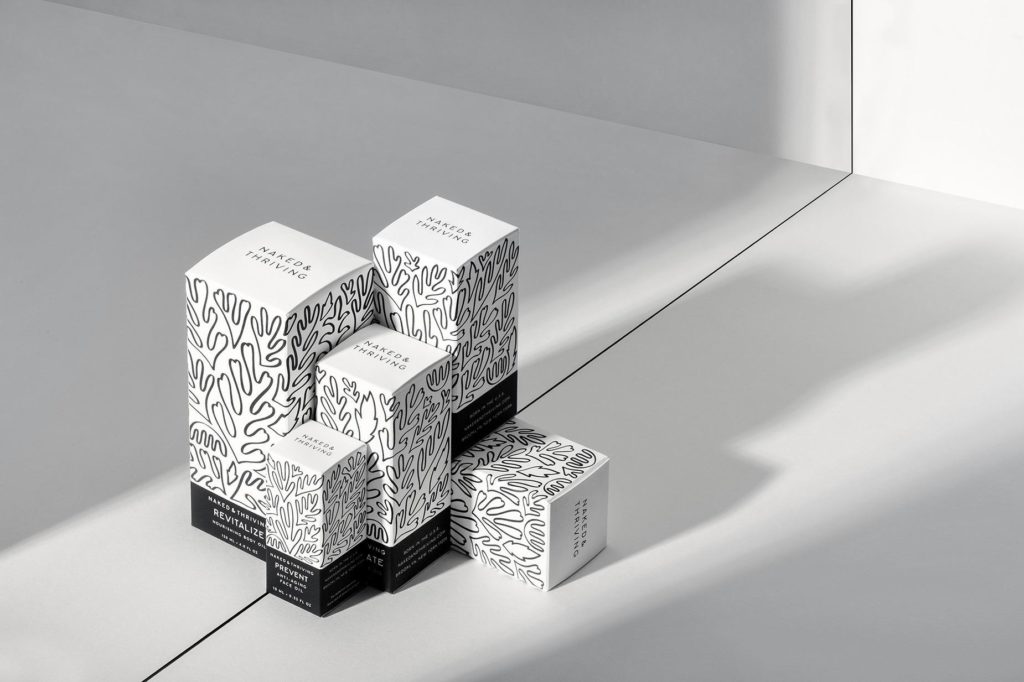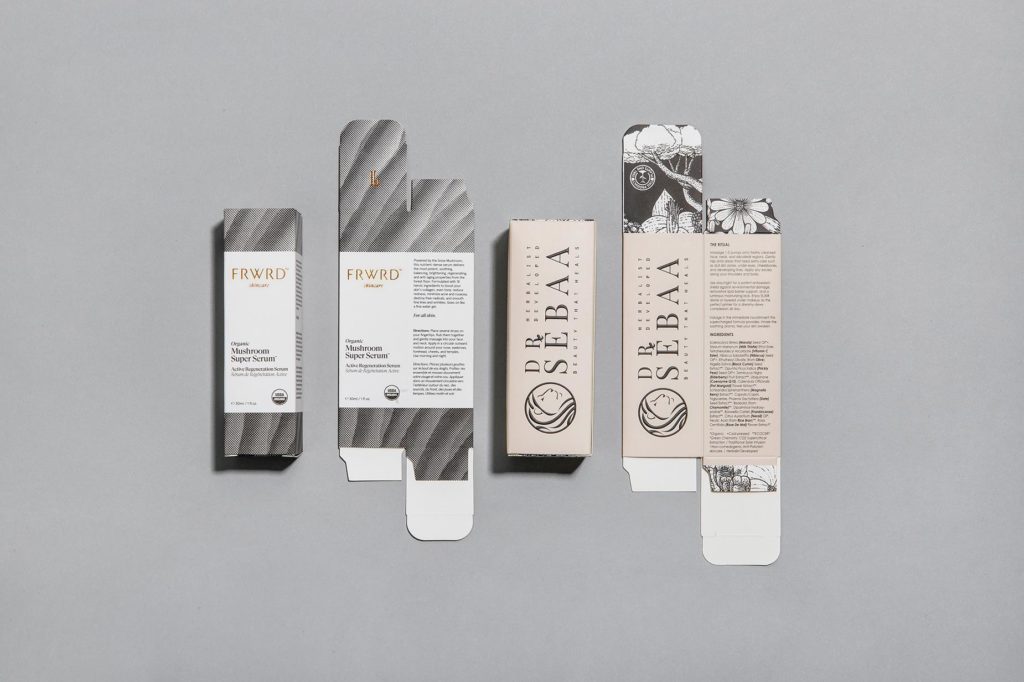Table of Contents
As shopper’s needs evolve, the packaging industry has been hard to create new and innovative options for businesses.
Flexible packaging has been one of the latest types of packaging that shows a lot of promise across many different industries.
Popular for it’s lightweight and malleable nature, flexible packaging is gaining a lot of market share in the packaging industry for being far more convenient, cost effective and time efficient.
Let’s explore everything you need to know about flexible packaging for your business!
What is Flexible Packaging?
Flexible packaging quite literally refers to any packaging types that are non-rigid.
This essentially gives this packaging type more flexibility to mold into different container styles as needed.
Flexible product packaging is typically made from materials such as:
- Foil
- Plastic
- Paper

The aim of flexible packaging was to create more economical and versatile packaging options for businesses across a wide range of industries.
The process of packaging products becomes much more time efficient in turn keeping costs much lower for a constant flow of product supply.
While it is a relatively new method in the packaging industry, it has captured quite a bit of market share in such a short period of time.
Flexible packaging is particularly useful for industries that require easily malleable packaging types such as the food, beverage and pharmaceutical industries.
However, it is also gaining popularity in the cosmetics and skincare industries as businesses look for more economical and environmentally friendly ways to package their products.
Types of Flexible Packaging
As previously touched on, flexible packaging is available in a range of different materials, and the same is true for packaging styles.
The most popular packaging styles include
- Pouches – Usually made from paper or plastic, pouches are ideal for packaging loose or dry food products such as granola, chips or flour.
- Bags – Usually made from paper or plastic, bags are used across retail markets for packaging nearly anything from food to clothing and cosmetics.
- Boxes – Usually made from paperboard, flexible boxes are ideal for packaging ligherweight products with a tight fit for shelf impact. Popularly used for packaging perfumes and pharmaceuticals.

While these styles have been available market wide, things like pouches and bags are making an appearance in a wider range of industries such as cosmetics and electronics.
Reports show that stand up pouches are currently the biggest player in consumer packaged goods (CPG) with a CAGR of 6% to $2.9 billion dollars by 2023.
Consumers find pouches an appealing packaging solution because of it’s convenience to store, carry and use.
With so many different customization options available for packaging types like pouches, bags and boxes, flexible packaging styles have made their mark across different industries.
What Industries use Flexible Packaging?
As mentioned, many sectors can benefit from flexible packaging.
For example, flexible packaging materials for the food industry can be made into pouches, bags, and other types of packaging depending on the type of food.
Other industries that also see a lot of benefits from flexible packaging include personal care and pharmaceuticals.
Flexible packaging manufacturers are able to create packaging that truly suits the needs of the product itself, making it a much better choice that offers more range for retailers.
For example, personal care and cosmetic products can use flexible packaging such as sample pouches and resealable packages for products such as cotton pads and wipes.
Even for sectors that are more reliant on plastic, flexible packaging can be useful.
For example, PPC flexible packaging can be recycled.
Materials such as Polyethylene Terephthalate (PET or PETE) can be used as flexible packaging materials for food products and is easily recyclable.
Similarly, other plastic materials such as Low-Density Polyethylene (LDPE) can also be recycled and make a great packaging solution for many different types of products.
The Benefits of Flexibe Packaging
There are many reasons why flexible packaging products can be useful.
Working together with flexible packaging manufacturers, businesses can design beautiful and functional packaging while still retaining flexibility.
In that respect, flexible packaging can be immensely beneficial.
Here’s why:
- Efficiency: Flexible packaging materials do not require a large amount of base materials and are easy to mold. That makes this kind of packaging efficient to produce and takes less time.
- Eco-friendly: Depending on the design and type of material used, flexible packaging can be eco-friendly. It is usually designed to be reusable and recyclable, making it a practical choice. It also generates less greenhouse gas, so companies can continue to work on reducing their carbon footprint with this type of packaging.
- Innovative: With flexible packaging, industries don’t need to stick to rigid materials and designs. There is a lot of room to innovate and create truly customized designs that fit the needs of products and customers.
- Protection: Flexible product packaging also offers a lot of protection for products. The materials used can offer protection from moisture, UV rays, mold, dust, and more, enhancing the overall product life.
- Cost-efficient: Lightweight materials and more efficient designs mean that flexible packaging is easier to ship, thereby reducing costs for both retailers and customers.

The Drawbacks of Flexible Packaging
- May affect the flavor of foods- depending on the flexible packaging style chosen, food products may deteriorate in taste due to sealability. If you are packaging food products make sure you choose a packaging style that can be vacuum sealed to preserve the quality of food.
- Low resistance to extreme temperatures – Depending on the flexible packaging material, most flexible packaging types may be affected by extreme temperature changes in transit or on shelf. Make sure you have a clear idea of what your products will be exposed to before making the switch to flexible packaging.
- Difficult to recycle properly – While flexible packaging is recyclable for the most part, recycling it properly is an issue with little infrastructure set up to do so.
Even though flexible packaging uses less material for creating effective packaging solutions and are for the most part available as a recyclable alternative, recycling flexible packaging is still a challenge.
With little infrastructure to efficiently recycle, reuse and reduce packaging waste, the recyclability of flexible packaging comes into question.
Flexible packaging, is still a fairly new packaging solution on the market that requires more development in the recycling process to ensure that this packaging type is in fact more environmentally friendly.
It’s best to work with a solution provider or manufacturer to find the best flexible packaging solutions for your products.
Get in contact with our product specialists today and find the perfect flexible packaging type for your product!





